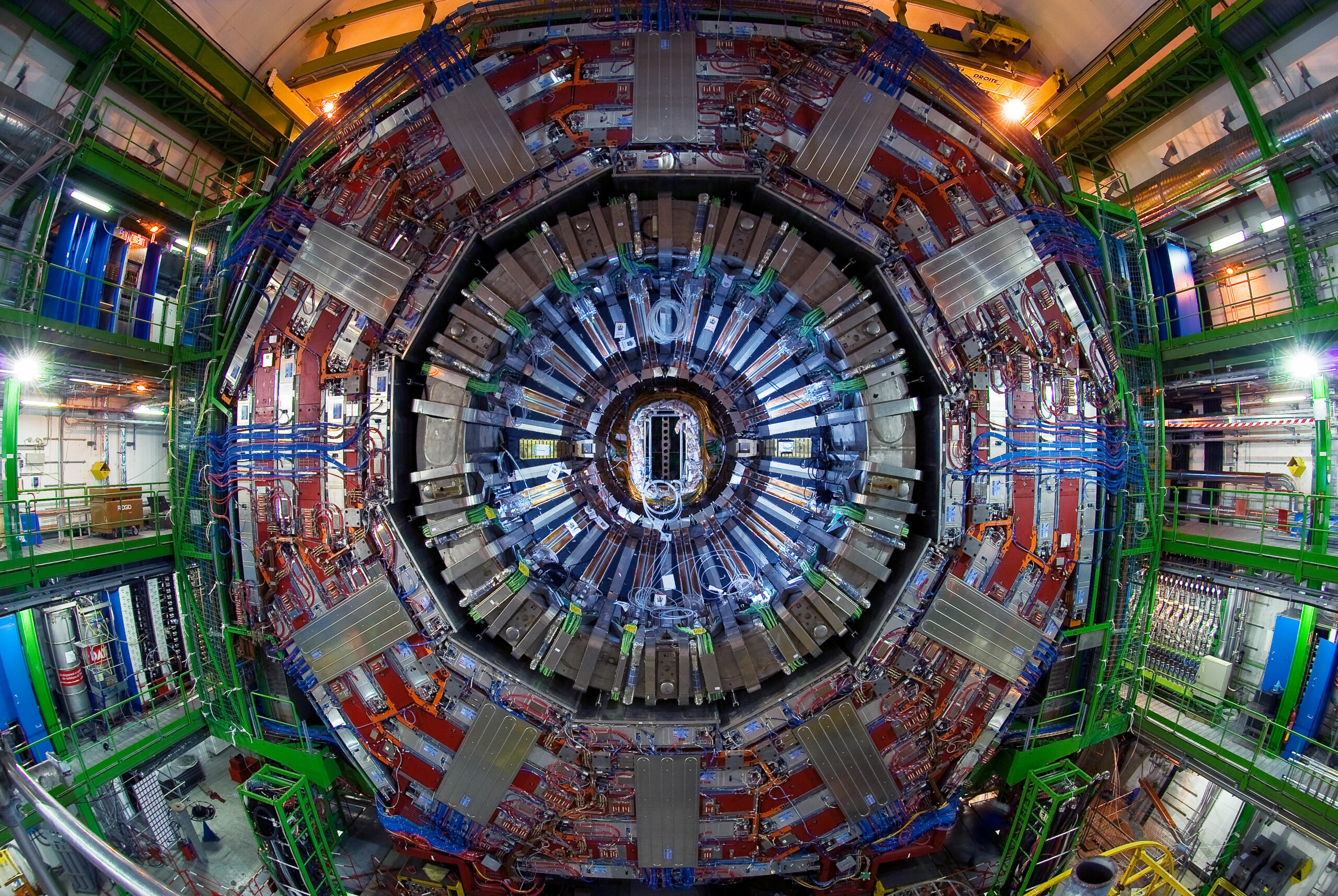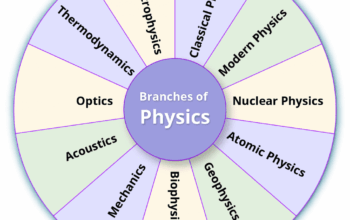The news emanating from CERN, home to the Large Hadron Collider (LHC), has long captured the attention of both the scientific community and the general public. Recently, the unprecedented escalation in the costs associated with the LHC has incited significant discourse. As particle physics stands at the forefront of human inquiry into the fundamental constituents of the universe, one must ponder: do such astronomical expenditures justify the scientific returns, or does this raise pertinent questions about the intersection of scientific ambition and fiscal prudence?
The Large Hadron Collider, operational since 2008, was constructed with the ambitious aim of unraveling the mysteries of the cosmos, probing into realms such as the Higgs boson and dark matter. However, as the budgetary implications of maintaining and upgrading this colossal machine become clearer, a palpable tension emerges between the realm of high-energy physics and the realities of fiscal responsibility. The implications of CERN’s financial decisions are manifold, affecting not just the research outcomes but also the broader narrative of science funding.
Foremost, one must consider the sheer scale and complexity of the LHC. Spanning a circumference of approximately 17 miles and situated underground near Geneva, Switzerland, it represents an immense engineering feat. The collider accelerates protons to near the speed of light, leading to collisions that generate unprecedented data, allowing scientists to probe the very fabric of reality. The cost of such endeavors, however, raises the question: at what point does the quest for knowledge become untenable? Is there a threshold beyond which funding for fundamental research can be deemed excessive?
The initial investment for the LHC was estimated at about €4.4 billion, but subsequent operational and maintenance costs have ballooned. Financial forecasts indicate that the upkeep of the LHC and its experiments will require ongoing injections of capital, drawing from numerous international partnerships and governmental funding. The question then transforms: how do we reconcile the exponential growth of budgetary demands with calls for increased transparency and accountability in public spending?
Moreover, the relationship between scientific funding and societal benefit cannot be overlooked. As institutions like CERN advocate for continued financial support, they must explicitly articulate the tangible benefits derived from their research. Can the truths unearthed from colliding particles lead to advancements in technology, medicine, or energy sustainability? This line of inquiry prompts an exploration into the societal implications of fundamental science. It beckons a playful engagement: if one were to juxtapose the captivating inquiries of cosmic exploration against the pressing needs of education, healthcare, and infrastructure, where should prioritization lie?
In many ways, the debate mirrors the dichotomy seen in other fields of research—including environmental science, social economics, and healthcare technology. The question arises: is it prudent to invest heavily in the LHC when countless global crises loom? As viewers of scintillating discoveries from the LHC witness the unveiling of new particles and fundamental forces, a quiet tension resides in the back of the mind—how does one justify such expenditures in an era when resources are finite?
In light of these considerations, scientists and policymakers alike face a critical challenge. As they navigate the delicate balance between sustaining pioneering research and maintaining fiduciary responsibility, it becomes essential to foster an environment conducive to open dialogue. This involves not only advocating for the value of high-energy physics but also scrutinizing the processes through which funding is allocated and utilized.
Furthermore, CERN itself has made strides toward transparency and public engagement. Initiatives aimed at conveying the scientific achievements of the LHC to broader audiences could bridge the gap between esoteric scientific discourse and public interest. But the experiential challenge remains formidable: how do you captivate a society saturated with rapid information while justifying multifaceted budgets? Sort of a double-edged sword, the act of promoting scientific literacy must coexist with discussions about the moral implications of exorbitant spending.
Critics are not without merit in their concerns. Detractors of funding for large-scale projects such as the LHC argue that innovative science—groundbreaking as it may be—must not be pursued at the sacrifice of immediate and pressing issues. For some, this prompts a reconsideration of priorities in funding agendas. Should younger researchers within less established fields be afforded the same financial support that large projects receive? In a rapidly changing technological landscape, how do we ensure that burgeoning researchers are not sidelined in favor of established titans?
Additionally, various funding models warrant exploration. Is there potential in diversifying the financial sources that underpin such colossal endeavors? The evolution of public-private partnerships—once viewed with skepticism—may offer innovative solutions to secure sustainable funding without sacrificing the integrity of scientific pursuits. The rich tapestry of collaboration could yield unexpected synergies between industry goals and academic exploration.
Ultimately, as we stand on the precipice of future discoveries, we must grapple with profound questions that not only regard the physical universe but also the sociopolitical landscapes in which they reside. CERN and its aspiring physicists operate within a paradigm that necessitates a re-examination of the traditional funding model. Every collision at the LHC not only propels our understanding of particle physics, but each financial decision reverberates throughout the scientific community and society at large. Will we emerge from these challenges with renewed commitment to both exploration and responsibility? Only time—and perhaps further particle collisions—will tell.










